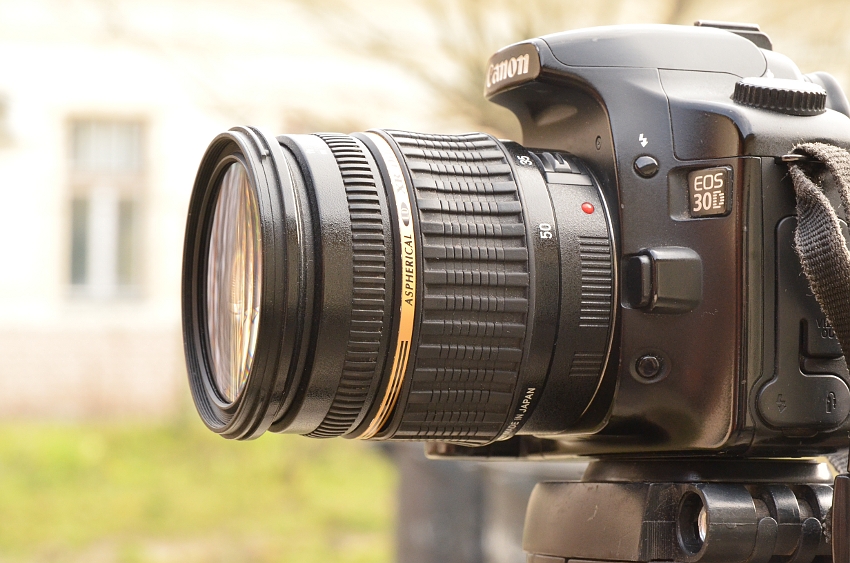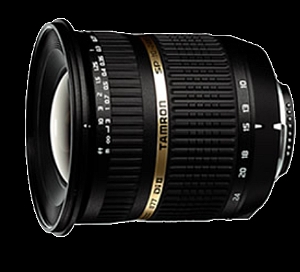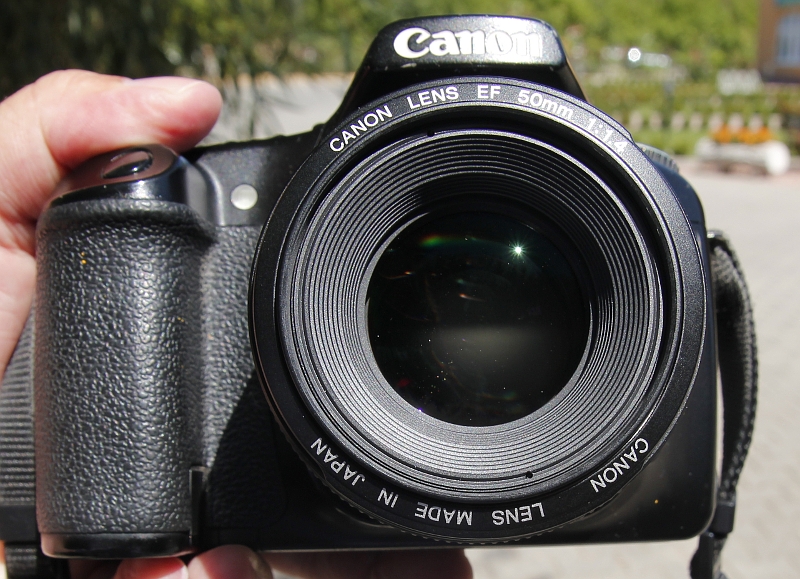Objektiv
Objektiv
Objektiv
Introduction
Objektiv or Photographic lens is used to transfer the light to the camera‘s sensor.
__________________________________________
Types of objektiv
The range is starts from the widest fish-eye lenses to the longest telephoto lenses, which are like telescopes. General usage lenses are used in most photographic opportunities without changing lenses. General usage lenses are usually zoom lenses starts from 15-18mm on Aps-C cameras and 24mm on Full frame cameras. General usage lenses are for example the Canon 15-85 is usm, the Nikon 18-55mm, Nikon 16-85mm, Nikon 18-70mm, Nikon 18-105mm, Nikon 18-200mm, Nikon 18-300mm on Full frame Canon 24-105 USM, or 24-70 USM, or Nikon 24-70 or Nikon 24-120mm lenses.
Categories of objektiv
Wide angle – objektiv
Wide angle lenses are starting from the widest angle until as we see with our eyes approximately 30mm on Aps-C cameras, 50mm on Full frame cameras, 25mm on Micro Four Thirds cameras. This lenses are the best for landscapes.
The wide perspective shows more detail and gives the most information. There are lenses also called ultra wide angle lenses which is wider than 24mm focal length on Full frame cameras or 15mm on Aps-C cameras. This lenses are gives a very wide perspective usually with distorted images because of the bended front element.
Normal – objektiv
Normal or standard objektiv is mimic what we see with our vision. Not as we strech it(we can see almost 180 degree with the pheripheric), but the central portion of our vision. The angle of view is around 40 degrees. Usually this lenses are single focal lenses, with good brightness, which helps to isolate the subject from the background and to make pictures in low-light environment. This lenses were widely used in the film-era for all kinds of photography, from weddings to reports or landscapes. Wider lenses are generally better for landscapes.
Telephoto – objektiv
Telephoto lenses are starting from Normal perspective to the longest narrowest perspective possible. The usual focal length for telephoto lenses starts from 50mm and goes up to 800mm on Full frame cameras. On Aps-C sized cameras the focal length is even bigger: 1.6 times longer in Canon, 1.5x times longer in Nikon cameras.
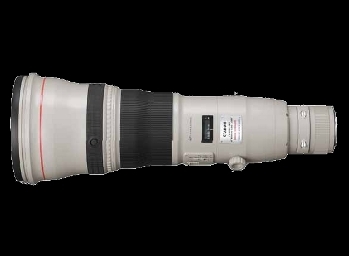
Teleconverter – objektiv
Teleconverters are used for telephoto single-focal lenses to have even greater magnification for photographing distant objects such as birds or wildlife. The usual magnifications are 1.4, 1.7 and 2x. This amount the light is also reduced compare to the bare lens without the converter. The teleconverters are also degrade image quality. The 1.4 converters degrade the image quality a little, 2x converters are degrade the image quality significantly. On the other hand teleconverters are much cheaper than to buy a longer much more heavy and much more expensive lens, which is better optically. The teleconverters works best with prime(single-focal) lenses with a focal length of 135mm and longer.
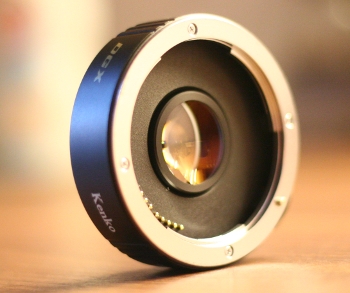
See the reviews of Canon and Nikon lenses at below links
Nikon Aps-C objektiv(lens) reviews
Nikon 14-24mm f/2.8 review
Nikon 35 f1.8 review
Nikon 18 105 review
Nikon 16 85mm review
Nikon 18 55mm review
Nikon 17 55mm f2.8 review
Canon Objektiv reviews
Most popular lenses – objektiv
The most popular lenses are the following:
Canon
The most popular lenses for Canon are the following:
-Canon 70-200 zooms all version
-Canon 50mm all versions
-Canon 17-40 f/4
-Canon 17-55 f/2.8 is
-Canon 24-70mm f/2.8
-Canon 24-105 f/4 is
–Canon 85mm f/1.8
–Canon 100mm f/2
–Canon 100mm Macro is and non-is
–Canon 300mm f/4 is USM
–Canon 400mm f/5.6 USM
Nikon
The most popular lenses for Nikon are the following(Nikon calls them Nikkors):
-Nikon 10.5mm fish eye
-Nikon 17-55 f/2.8
–Nikon 35mm f/1.8
-Nikon 50mm all versions
-Nikon 70-200mm and 80-200mm all versions
-Nikon 105mm Micro
-Nikon 14-24 f/2.8
-Nikon 18-200mm
-Nikon 24-70
-Nikon 16-85mm
-Nikon 18-105mm
–Nikon 300mm f/4
